Instrumentation and control (I&C) systems are critical to ensuring the smooth operation of industrial processes. They play a pivotal role in monitoring, controlling, and safeguarding operations in sectors such as oil and gas, chemical plants, power generation, and manufacturing. The safety of these systems directly impacts both human and environmental safety. Therefore, proper safety inspection and regulation of I&C systems are crucial to avoid failures and hazards. Below are the key areas for safety inspection and regulation in the I&C field, discussed in more detail.
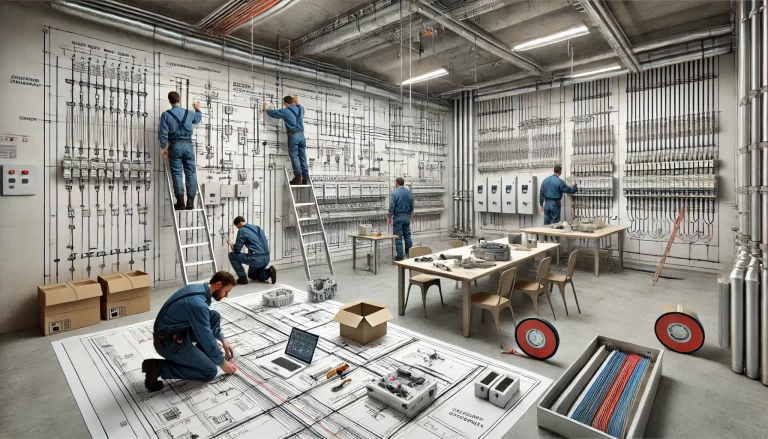
1. Equipment Selection and Installation
- Compliance with Standards: All instrumentation and control equipment must comply with international and local safety standards, such as IEC 61508 or NEC standards. For hazardous environments, only devices with the appropriate explosion-proof or intrinsically safe certifications should be used. Inspectors should verify that the equipment carries the necessary certifications.
- Correct Positioning: Instruments must be installed in positions that are easily accessible for monitoring, operation, and maintenance. Instruments should be protected from environmental factors such as extreme temperatures, humidity, and vibration, which can compromise their accuracy and functionality. Inspection should confirm that these installations are in compliance with best practices.
- Grounding Systems: The grounding system should be checked to ensure all devices and control panels are properly grounded to prevent electrical hazards. A faulty grounding system could lead to equipment failure or safety risks for personnel.
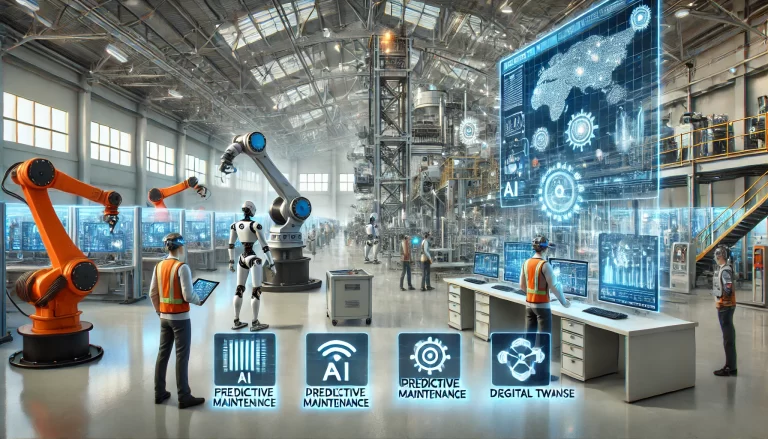
2. System Safety Design
- Safety Integrity Level (SIL) Assessment: A critical element in designing a control system is determining the required Safety Integrity Level (SIL) for each component based on a risk assessment. This is particularly important in industries where failures can result in significant hazards, such as chemical spills or explosions. SIL assessments help ensure that the necessary safety mechanisms are in place to meet the required risk reduction.
- Redundancy in Critical Systems: Redundancy is crucial in critical control systems. For instance, key sensors, controllers, or communication systems should be duplicated (redundant systems) to ensure that a failure in one component does not lead to a total system failure. Inspections should verify that redundancy strategies are correctly implemented, especially in high-risk systems.
- Isolation and Protection: Ensure that isolators and protective barriers are installed in circuits that interface with high-voltage systems or hazardous areas to prevent dangerous currents or signals from affecting sensitive control equipment.
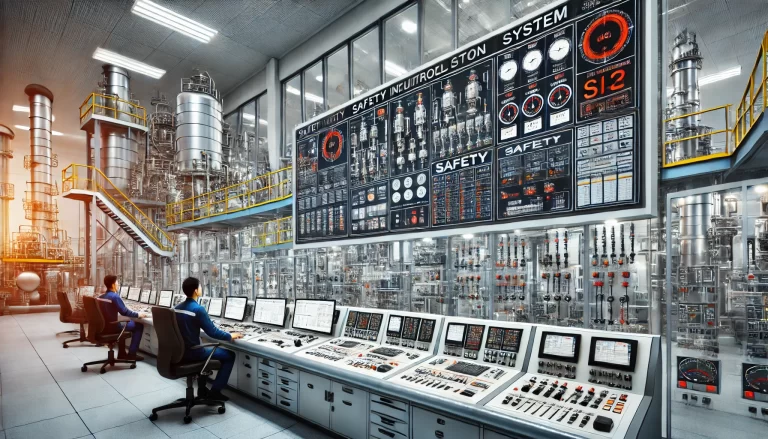
3. Protection Devices
- Overpressure/Overcurrent Protection: Inspect the presence and functionality of overpressure and overcurrent protection devices. These safety mechanisms prevent instruments from being damaged by unexpected spikes in pressure or electrical current, which could compromise the system’s accuracy or cause damage.
- Fire and Explosion Protection: In areas with combustible materials or gases, fire and explosion protection systems must be in place. This includes explosion-proof enclosures, firewalls, and proper ventilation systems. Inspections should ensure these protective systems are operational and compliant with relevant safety regulations.
4. Automation System Safety Checks
- PLC/DCS System Integrity: Programmable Logic Controllers (PLC) and Distributed Control Systems (DCS) should be periodically checked for functionality. This includes verifying that the control logic is implemented correctly and that inputs and outputs are functioning as expected. Any software updates or changes should be carefully reviewed and tested to ensure they do not introduce safety risks.
- Alarm Systems: Alarms are vital for alerting operators to abnormal conditions. Regular inspections should ensure that all alarms are functional, properly set up, and calibrated. High-priority alarms should have distinct signals and must be tested to verify that they are triggered appropriately when conditions deviate from safe operating ranges.
- Emergency Shutdown System (ESD): ESD systems are designed to bring processes to a safe state in the event of an emergency. Inspections must confirm that the system is capable of executing an immediate and safe shutdown when triggered. Regular testing of ESD systems should be conducted to ensure their readiness.
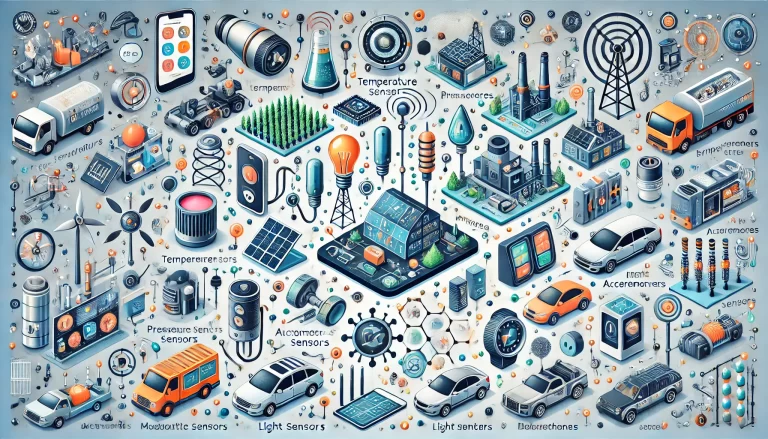
5. Routine Calibration and Maintenance
- Instrument Calibration: Precision instruments such as pressure, temperature, flow, and level sensors should be regularly calibrated to ensure their measurements remain accurate. Calibration schedules should be followed strictly, and records of calibration results should be maintained to track instrument performance over time.
- Preventive Maintenance: A structured maintenance plan should be in place for all control systems. This includes routine checks, part replacements, and upgrades based on equipment lifecycles. A failure to follow maintenance schedules could result in unforeseen breakdowns that compromise safety.
6. Software and Data Security
- Software Updates and Backups: Control system software must be updated regularly to fix bugs, patch security vulnerabilities, and introduce new features. Before any update, the impact on system safety must be evaluated, and a backup of the existing system should be made. In case an update causes instability, the system can be rolled back to its previous state.
- Data Integrity and Security: Control system data, including logs, system parameters, and historical performance data, should be safeguarded against unauthorized access or tampering. This is critical for maintaining the integrity of system operations and for post-incident analysis. Inspectors should verify that proper data encryption, firewalls, and access controls are in place.
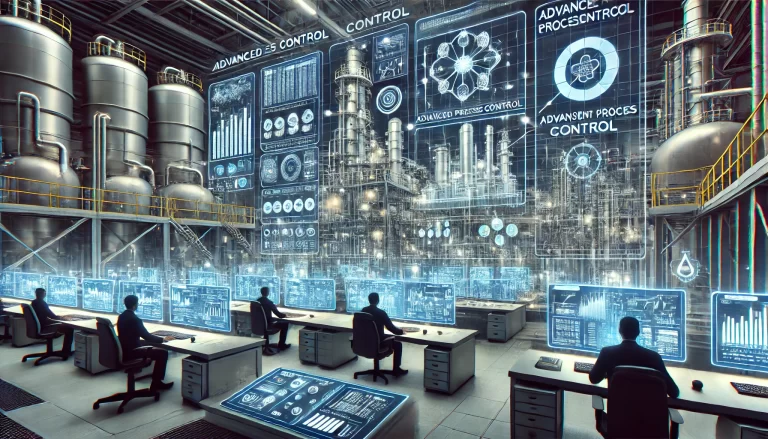
7. Emergency Response Plans and Training
- Emergency Plans: Detailed emergency response plans should be available for various failure scenarios, including system malfunctions, fires, and explosions. These plans should outline step-by-step procedures for personnel to follow to ensure the safety of both the system and workers. Regular drills should be conducted to ensure all staff are familiar with these procedures.
- Training and Competency: Operators and maintenance personnel should be regularly trained on system operation, potential hazards, and emergency procedures. Training should also cover how to recognize and address minor issues before they escalate into critical failures. Inspectors should verify that training records are up-to-date and that staff competency is evaluated periodically.
8. Routine Safety Audits
- Third-party Audits: Independent safety audits by external specialists should be conducted periodically. These audits ensure that the I&C system complies with current safety standards and regulations. An external perspective can often reveal risks that may not be apparent during internal inspections.
- Internal Inspections: In addition to external audits, internal safety inspections should be regularly conducted by the plant’s safety team. This can help identify and address potential issues before they become significant safety risks.
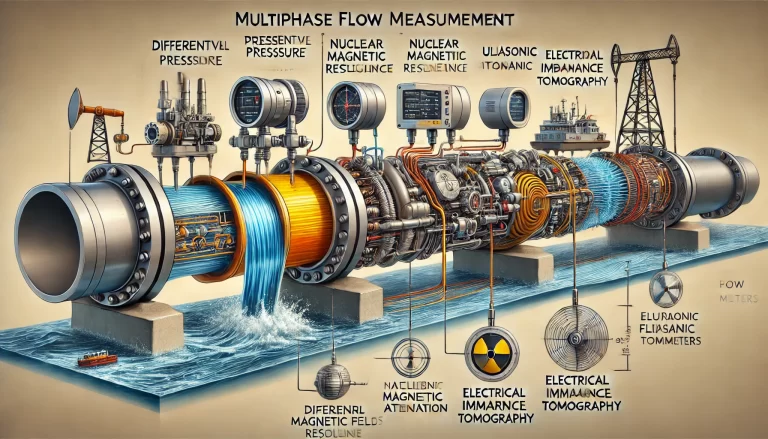
Conclusion
By addressing the safety of I&C systems through regular inspections and stringent regulatory compliance, industries can significantly reduce the risks of accidents and system failures. Safety measures such as appropriate equipment selection, redundancy, regular calibration, maintenance, and strong security protocols ensure that both human life and equipment are protected from potential hazards. Structured emergency response plans and ongoing training also prepare operators to act quickly and effectively in case of emergencies. With proper oversight and diligence, I&C systems can operate safely and efficiently, even in the most hazardous environments.
